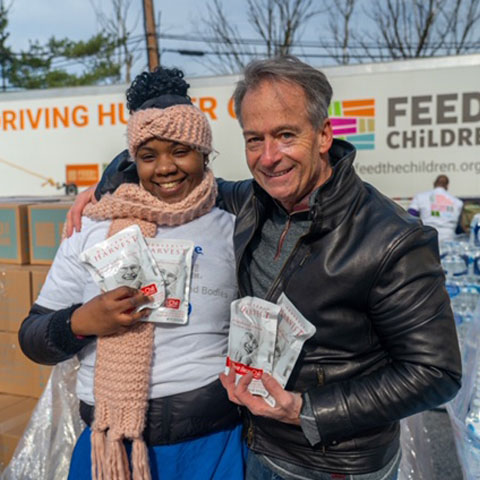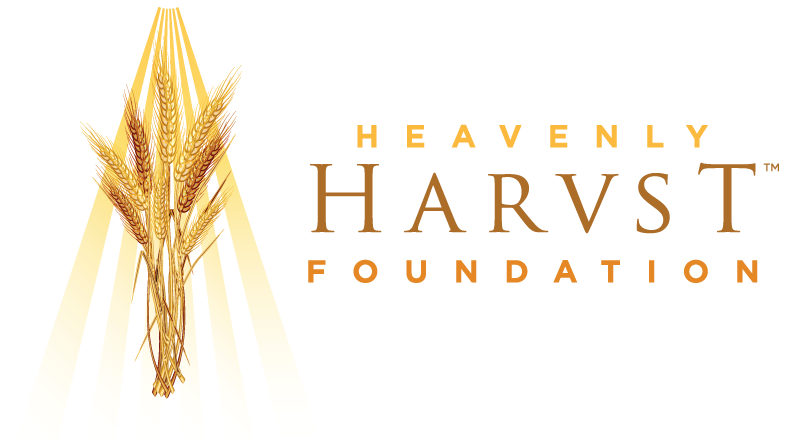ABOUT HUNGER
food in·se·cu·ri·ty
noun
- the state of being without reliable access to a sufficient quantity of affordable, nutritious food.
Food-insecure individuals often face dire choices between nutrition and medical care.
Hunger jeopardizes children's health and academic performance, setting them back significantly, particularly during their formative years.
Childhood hunger correlates with higher hospitalization rates and increased risk of health problems like anemia, asthma, kidney disease, and nerve damage, impacting their overall development and social interactions.
Many households resort to purchasing inexpensive but unhealthy food to ensure an adequate supply, perpetuating cycles of poor nutrition.
More than 44 million people in the United States struggle with hunger
according to the USDA’s 2022 Household Food Security in the United States report
1 in 5 American children may not know where their next meal is coming from
Currently, more than 13 million children live in food-insecure households
In 2021, nearly 5.5 million senior citizens fought hunger in our country.
After a lifetime of hard work, many older adults find themselves facing an impossible choice — to pay for groceries or medical care. And as the baby-boom generation ages, the number of seniors facing hunger is only expected to increase.
Overall, households with children have a substantially higher rate of food insecurity than those without.
The prevalence of food insecurity is higher for households located in nonmetropolitan areas.
Every community in the country is home to families who struggle with food insecurity rural and suburban communities.
Many households that experience food insecurity need to rely on their local food banks and other hunger relief organizations for support.
This is because they do not qualify for federal nutrition programs.
— NBC News
*SOURCES: USDA FACTS & FEEDING AMERICA




